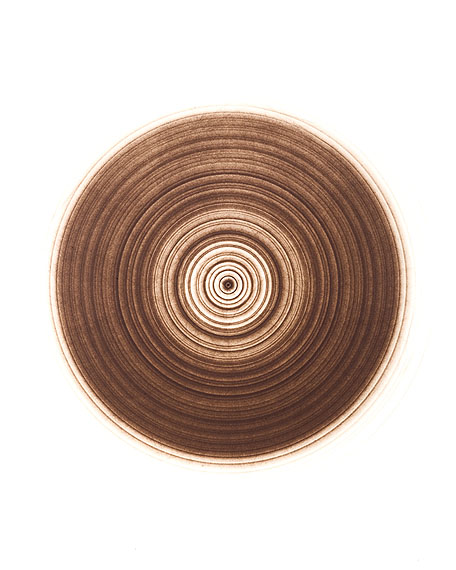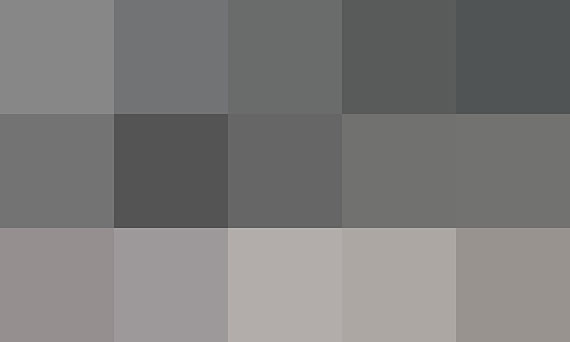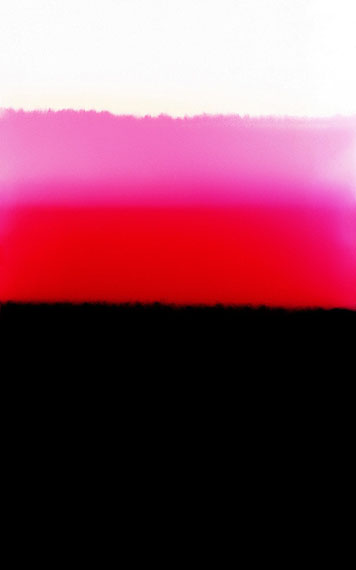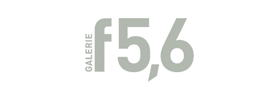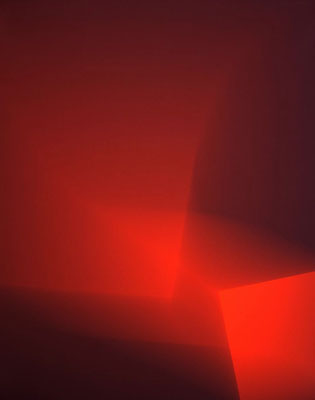
Abstract
Antonio Azuaga » Richard Caldicott » John Goto » Edward Mapplethorpe » Silvio Wolf »
Exhibition: 26 Nov 2010 – 12 Feb 2011
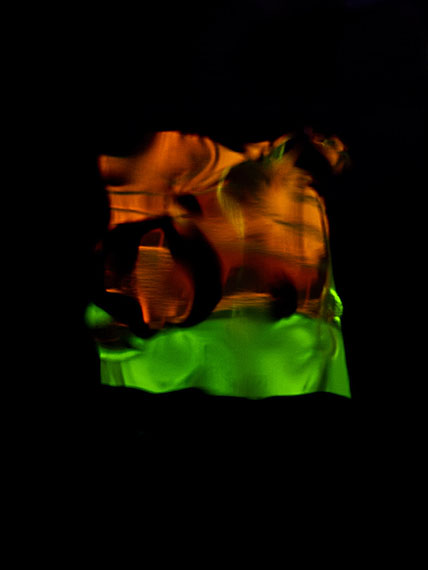
‹abstract›
Antonio Azuaga / Richard Caldicott / John Goto / Edward Mapplethorpe / Silvio Wolf
Opening, Thursday 25th November 6:30 – 9 pm
Exhibition: 26.11.2010 - 29. 1. 2011
The exhibition ‹abstract› as the definition most simply states is quite simply an „abstract“ and concurrently a small exploration into the possibilites of abstract photography now. Since 2003 abstract photography has been a central and recurring theme of the gallery programme. Next to three artists the gallery has worked with since 2003 - Antonio Azuaga (Spain), Richard Caldicott (Great Britain) and John Goto (Great Britain), we have invited Edward Mapplethorpe (USA) and Silvio Wolf (Italy) to show their latest work. From the beginning of photography in the late 19th Century, the medium has often defined itself through the often dramatic rivalry of painting versus photography. But abstract photography has been a small but fascinating strand, ever since the beginnings, from Henry Fox Talbot’s experiments with photograms of metal gauze and lace to Moholy Nagy, Man Ray to contemporary artists like Adam Fuss, Wolfgang Tillmans or Richard Caldicott.
At first thought the idea of abstract photography seems very simple indeed. On closer inspection, however, it is a far more complex field. In Lambert Wiesing’s essay on abstraction (2000) he distinguishes various forms of abstraction in photography: abstraction in the photographic production process, in the photograph itself, in the view point, to make something specific visible and to create form or art in its own purpose. What brings all these together though is surely the intention of reduction to its most essential, inner form.
Antonio Azuaga (* 1974, lives and works in Barcelona, Spain)
In Antonio Azuaga’s work, light, colour, reflection, and time become one. Large format, almost bizarre colour fields melting into each other, are created. Azuaga’s work continues a dialogue of painting and photography, calling into mind 60’s American Abstraction of Morris Louis or Helen Frankenthaler. The viewer leaves the immediate pictorial plane, diving into a world of focused and unfocused details, which seem to be in constant movement, leaving the viewer to decide what he/she wants to see. General ideas on photography such as time, documentation of reality are approached very differently in Azuaga’s work.
Richard Caldicott (*1962, lives and works in London)
The creation process and and its critical examination is a central theme of Caldicott’s work. Caldicott has been working with abstract photography since the early 1990’s. Art historically speaking, Caldicott’s work is in dialogue with what Donald Judd called the „specific object“- an art object wich is neither painting nor sculpture, evading all forms of categorisation. His latest work Chance/Fall results out of an ongoing interest of the formal mechanical qualities of photography without the hand of the artist, where coicidence becomes precedent. Richard Caldicott studied at the Royal College of Art in London. He has had many solo and group exhibitions in Europe and the US and is represented in the following collections: Art Lab, Tokyo, Collection Ann & Jürgen Wilde, Kunstmuseum Bonn, Merril Lynch, Sir Elton John Collection, BP Amoco.
John Goto (*1949, lives and works in Oxford, UK)
Prompted by the invasion of the Gaza Strip by the IDF (27 December 2008 – 21 January 2009), John Goto made “Mosaic”, a series of apparently abstract images. Access to the conflict was denied to the international press. One common means of censoring digital images is the application of a standard graphics filter called Mosaic. Having mapped a grid across the image, the filter averages the tones and colours within each rectangle. To resolve the problem of relating a visible to an invisible image, Goto created a double-sided print onto a single sheet of paper. The censored image is visible within the frame, but by removing the picture from the wall, the uncensored verso is revealed. The series continues Goto’s investigation into the relationship between modernist abstraction and politics began in his ‘Terezin’ series (1987). The title Mosaic also refers to Moses the Lawgiver. John Goto’s works are in collections such as the Victoria and Albert Museum, London, the National Portrait Gallery, London or the Deutsche Bank Sammlung, London.
Edward Mapplethorpe (* 1960, lives and works in New York, USA)
Edward Mapplethorpe is interested in the photographic production process in itself and thereby its abstraction possibilities. His works are created without a camera in the dark room in the tradition of the photogramme. Edward Mapplethorpe draws geometrical compositions with the use of light the result being between painting and a drawing in all possible grey tonalities. In 2004 Mapplethorpe received an award of the renowned Henry Buhl Foundation in New York.
Silvio Wolf (* 1952, lives and works in Milano, Italy)
Silvio Wolf does not influence the creation process of his work any longer, as his work is the image before the image is created in the camera. The series on show are essentially images created by the automatic exposure to light when film is inserted into the camera. „Each Horizon reveals a threshold, the clear limit between light and darkness, between matter and language. Through this series I develop the concept of photography before the picture. The Horizons are visible forms of light echoes.“ (Silvio Wolf)
‹abstract›
Antonio Azuaga / Richard Caldicott / John Goto / Edward Mappelthorpe / Silvio Wolf
Eröffnung: Donnerstag, 25. November
Ausstellung: 26. November 2010 bis 29. Januar 2011
Die Ausstellung ‹abstract› soll im wahrsten Sinne des Wortes ein Auszug, d.h. ein Einblick in die Möglichkeiten der zeitgenössischen abstrakten Fotografie sein. Damit wird sich die Galerie f 5,6 nach der Eröffnungsausstellung „Lichtzeichen“ im Jahr 2003 ein zweites Mal diesem experimentellen Feld der Fotografie widmen.
Scheint der Ausdruck „abstrakte Fotografie“ zunächst sehr einfach zu begreifen, so ergeben sich bei näherem Bedenken doch vielseitige Möglichkeiten, was darunter zu verstehen sei.
Lambert Wiesing unterscheidet dazu in seinem im Jahr 2000 erschienen Aufsatz folgende Formen der Abstraktion: Abstraktion im fotografischen Produktionsprozess, im fotografischen Produkt, um der Sichtweise willen, um der Sichtbarkeit willen und um der Objektkunst willen. Allen gemein ist sicherlich das Verständnis von Abstraktion als die Intention, das Darzustellende auf das Wesentliche zu reduzieren und was wäre in der Fotografie wesentlicher als das Verfahren, Licht mittels optischer Systeme zu konservieren. Die Galerie f 5,6 möchte unter dem Titel ‹abstract› also auch das weite Feld der Fotografie auf ihren unmittelbarsten Ausdruckweisen zurückzuführen.
Neben den drei Künstlern der Galerie Antonio Azuaga, Richard Caldicott und John Goto wurden Edward Mapplethorpe und Silvio Wolf eingeladen, ihre aktuellen Arbeiten zu zeigen; in diesen nähern sie sich jeweils auf ganz unterschiedliche Weise dem Thema Fotografie und Abstraktion.
Antonio Azuaga (* 1974, lebt und arbeitet in Barcelona, Spanien)
In Azuagas Arbeiten werden Licht, Zeit, Farbe, Reflektion eins, so dass die traditionellen Fragen an die Fotografie, wie die Dokumentation der Realität oder der Zeit in seinen Arbeiten keinen hohen Stellenwert haben. Seine Aufnahmen entstehen in von ihm gebauten Licht-/Farbräumen, die er mit seiner Kamera durchwandert. Mit dieser fängt er die Reflexionen dieser fingierten Welt ein. Das Ergebnis sind fast kosmisch erscheinende aus dem schwarz aufschillernde Farbfelder.
Richard Caldicott (*1962, lebt und arbeitet in London, UK)
Der Entstehungsprozess und dessen Hinterfragung ist bei Caldicott ein zentrales Thema. Kunstgeschichtlich stehen seine Arbeiten in einem Dialog mit der von Donald Judd bezeichneten Kategorie des „specific object“: einem Objekt, das weder Malerei noch Skulptur ist und sich daher jeglicher Form von Kategorisierung entzieht. Seine neue Serie Chance/Fall entstand aus dem Interesse an Arbeiten, die sich fast ohne die Hand des Künstlers selbst generieren. Aufgenommen sind improvisierte Experimente, in denen der Zufall die größte Rolle spielt. Herausgekommen sind dabei farb- und lichtbewegte Räume, die im fotografischen Abzug auf die zweidimensionale Ebene minimiert werden.
Caldicott erhielt bereits 1991 den „Grant to Artists“ des British Council; seine Arbeiten sind in internationalen Sammlungen wie dem Art Lab, Tokyo, Goldman Sachs International, London, dem Archiv Ann und Jürgen Wilde, Köln oder der Sir Elton John Sammlung, London vertreten.
John Goto (*1949, lebt und arbeitet in Oxford, UK)
John Gotos Serie Mosaic untersucht die Beziehung zwischen abstrakter Kunst und politischer Aussage. Damit erweitert er seine sonst gegenständlich gehaltenen kritischen Fotocollagen. Angetrieben durch den Angriff der IDF Truppen auf den Gaza Streifen im Dezember 2008 schuf Goto die vermeintlich abstrakte Serie der Mosaics. Sie ist sein Kommentar zu der damaligen Pressesperre und gleichzeitig ein kunstkritischer Versuch, die Aussagemöglichkeiten abstrakter Kunst zu untersuchen. Er nutzt einen Standardgraphikfilter, den so genannten Mosaikfilter. Dieser fasst in einem Rechteck den Durchschnittswert der in diesem Abschnitt des Bildes enthaltenen Farben zusammen. Um den Zusammenhang zwischen dem Ausgangsmotiv und dem durch den Filter entstandenen abstrakten Bild nicht zu verleugnen, ist jeder Abzug zweiseitig, wobei das abstrakte Mosaik zunächst im Vordergrund steht und das Ausgangsbild erst durch Wenden des Blattes sichtbar wird.
Gotos Arbeiten befinden sich unter anderem in so bedeutenden Sammlungen wie dem Victoria and Albert Museum, London, der National Portrait Gallery, London und der Deutsche Bank Sammlung, London.
Edward Mappelthorpe (* 1960, lebt und arbeitet in New York, USA)
Waren die Arbeiten der bisher genannten Künstler noch Reflektionen unserer sichtbaren Welt, so schafft Edward Mapplethorpe schließlich Abstraktion im fotografischen Produktionsprozess. Seine Arbeiten entstehen ohne Kamera in der Dunkelkammer in der Tradition der Fotogramme eines Man Ray u.a.. Dabei zeichnet er mit Licht zuweilen klare, geometrische Kompositionen, zuweilen geht die zeichnerische Linie über in malerisch abstrakte Formen. Allen Arbeiten gemeinsam ist das Interesse am Licht als Ursprung der Fotografie und der feinen Abstimmung der Grauwerte.
2004 erhielt Mapplethorpe für seine Arbeiten eine Auszeichnung der Henry Buhl Foundation.
Silvio Wolf (* 1952, lebt und arbeitet in Mailand, Italien)
Silvio Wolf letztlich nimmt gar keinen Einfluss mehr auf die Entstehung seiner Arbeiten, denn die Bilder, die er zeigt, sind eigentlich das Bild vor dem Bild: der Beginn des Negativfilms, der automatisch belichtet wird beim einlegen des Films. Jeder Horizont zeigt für ihn einen Grenzbereich, ein klares Limit zwischen Licht und Dunkelheit, zwischen Thema und Sprache. Die Horizonte sind sichtbar gemachte Echos des Lichts. Letztlich führt also auch er die Fotografie in seinen Arbeiten auf ihr elementarstes Element – das Licht – zurück.
